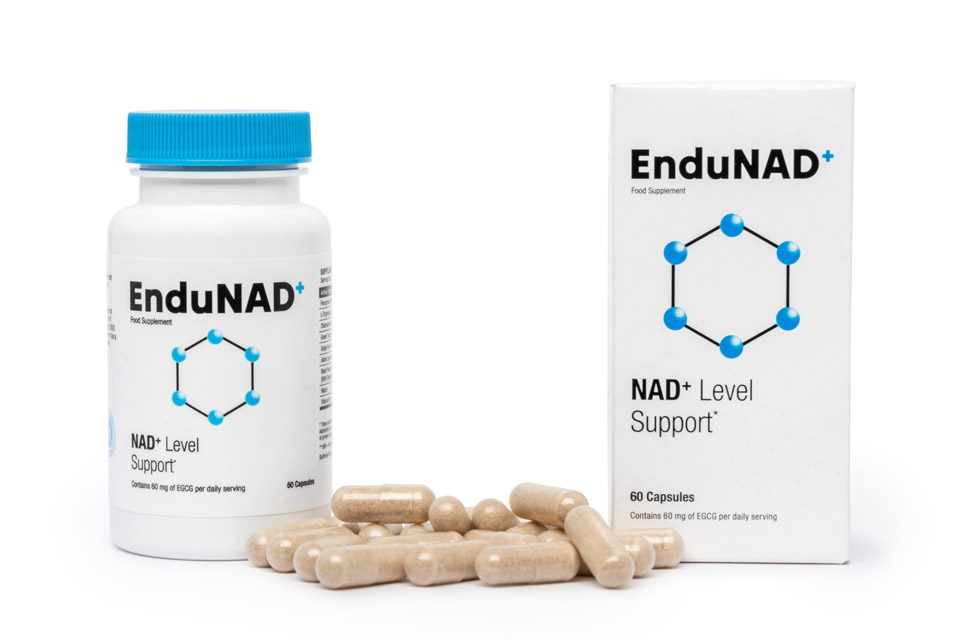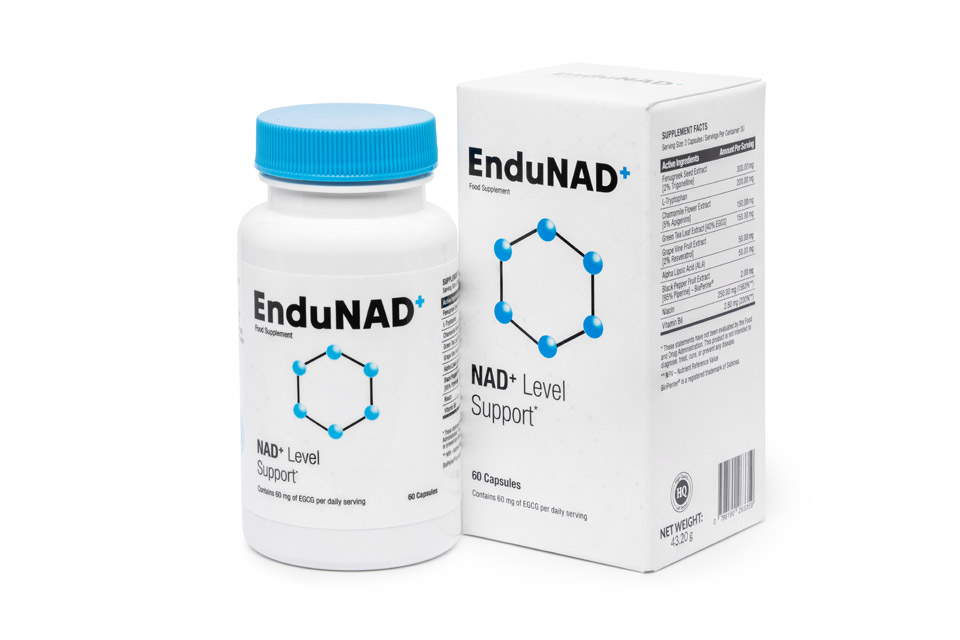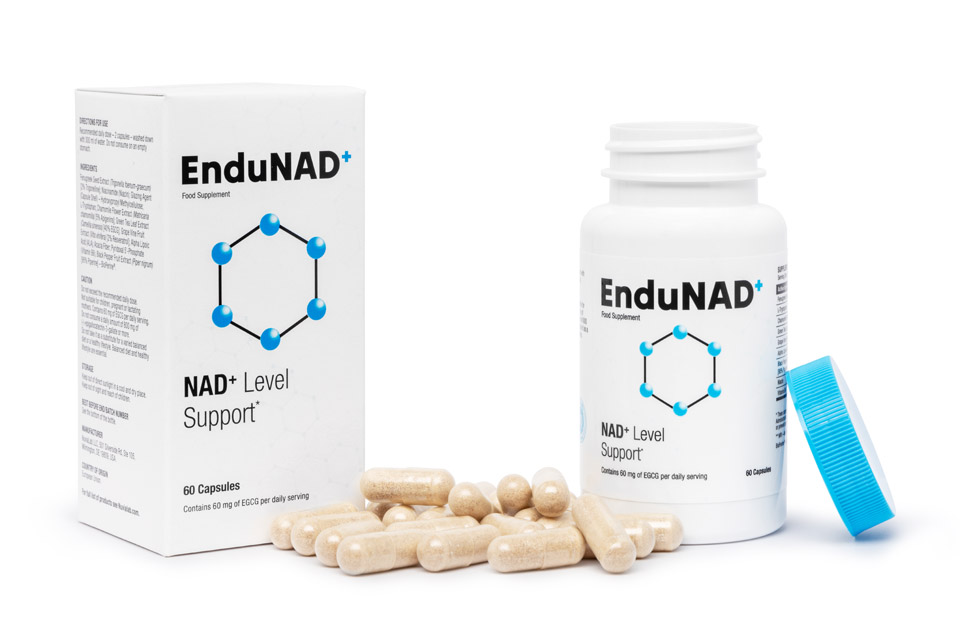Living to 100 is no longer just a dream—it’s a growing reality across the globe. But what are the daily dietary habits of centenarians? It’s not the fad diets or exotic superfoods you might imagine. In truth, the everyday meals of people who live past 100 are often simple, plant-forward, and deeply rooted in tradition. Let's dive into the real foods 100-year-olds eat daily—and what they avoid.
The Power of Plants: Why Vegetables Dominate the Centenarian Plate
Across Blue Zones—regions with the highest concentrations of centenarians—vegetables form the cornerstone of daily meals. Leafy greens, root vegetables, squashes, and legumes are consumed in abundance.
Key daily staples:
-
Sweet potatoes in Okinawa, Japan—high in fiber, antioxidants, and complex carbs.
-
Chickpeas and fava beans in Sardinia, Italy—protein-rich and great for heart health.
-
Dark leafy greens like kale, chard, and dandelion—anti-inflammatory and rich in vitamins A, C, and K.
These aren’t side dishes. They’re the main event, with meals centered around flavorful, slow-cooked vegetable stews, salads, and soups that fuel longevity.
Whole Grains: A Daily Source of Sustained Energy
Centenarians do not shun carbs. On the contrary, they embrace whole grains that provide long-lasting energy and help maintain stable blood sugar.
Daily grain choices include:
-
Barley and sourdough rye bread in Ikaria, Greece.
-
Brown rice and millet in Loma Linda, California (home to many Seventh-day Adventists).
-
Buckwheat noodles (soba) in Japan.
Unlike processed white flours, these grains are rich in fiber, which supports digestion and reduces inflammation. They’re eaten daily in the form of porridges, hearty breads, and pilafs.
Beans: The Longevity Superfood Consumed Daily
Perhaps the most consistent dietary habit among 100-year-olds is the daily consumption of beans. They’re cheap, versatile, and nutrient-dense.
Commonly eaten beans:
-
Lentils in Nicoya, Costa Rica.
-
Black beans and red beans in Latin America.
-
Soybeans (as tofu or natto) in Okinawa.
A single cup of beans a day provides a significant portion of daily protein needs, along with iron, magnesium, potassium, and polyphenols. Centenarians rarely eat animal protein daily, but beans fill that nutritional gap efficiently.
Moderation with Animal Protein: A Strategic, Weekly Choice
Most centenarians consume meat sparingly, often only a few times a month. When they do, it’s lean and locally sourced—and always part of a larger meal filled with vegetables and grains.
Preferred sources:
-
Goat or lamb in Sardinia—high in omega-3 and grass-fed.
-
Fish in Okinawa and Ikaria—rich in omega-3 fatty acids.
-
Eggs, occasionally consumed a few times a week, boiled or incorporated into stews.
Instead of being the centerpiece, animal protein is used as a flavor enhancer, extending across multiple meals rather than consumed in large portions.
Fermented Foods: The Unsung Heroes of Gut Health
Another common daily item? Fermented foods, which support gut microbiome diversity and immunity.
Daily fermented favorites include:
-
Natto (fermented soybeans) in Okinawa—rich in vitamin K2 and probiotics.
-
Yogurt or kefir in Greece—full of healthy bacteria and calcium.
-
Sauerkraut or pickled vegetables in many European Blue Zones.
These foods are consumed in small amounts but daily, often as side dishes or toppings. Their digestive and anti-inflammatory benefits play a key role in healthy aging.
Minimal Sugar and Processed Foods
One major difference between centenarian diets and Western norms is their avoidance of processed foods and refined sugars.
What’s typically avoided:
-
Sugary drinks and sodas.
-
Processed meats like hot dogs or sausages.
-
White bread and packaged snacks.
Instead, natural sweeteners like honey are used sparingly, and most desserts are fruit-based. The concept of eating “treats” is linked to celebrations, not daily life.
Herbs, Spices, and Natural Remedies
Centenarians don’t rely on supplements—they get their nutrients from food and natural remedies.
Common herbal additions:
-
Turmeric in Okinawa, often steeped in tea.
-
Oregano, thyme, and rosemary in Mediterranean regions—antioxidant-rich and anti-inflammatory.
-
Ginger and garlic, used daily in stews, teas, and marinades.
These herbs are not only flavor enhancers but also functional medicines that improve circulation, digestion, and immunity.
Daily Hydration Rituals: Herbal Teas Over Coffee
Water is a given—but many centenarians also swear by daily herbal teas, consumed not just for hydration but also for their medicinal value.
Popular choices:
-
Dandelion tea in Ikaria—detoxifying and liver-supporting.
-
Turmeric and jasmine tea in Japan—rich in antioxidants.
-
Lemon balm and sage tea in Sardinia—calming and brain-boosting.
These teas are usually homemade, prepared in the morning and sipped throughout the day, often replacing multiple cups of coffee or sugary beverages.
Fruits and Nuts: Daily Snacking the Longevity Way
Snacking isn’t discouraged—but it looks very different among the 100-year-old crowd.
What they snack on daily:
-
Seasonal fruits, such as figs, berries, apples, and bananas.
-
Raw nuts, particularly almonds and walnuts—sources of healthy fats.
-
Sun-dried fruits, naturally sweet and high in fiber.
These options provide sustained energy, healthy fats, and critical antioxidants, making them perfect for light meals or between-meal nourishment.
The Ritual of Eating: How They Eat Matters Too
Beyond what they eat, how centenarians eat is equally important:
-
Meals are home-cooked, eaten slowly and with family.
-
Portion control is intuitive—many follow the “hara hachi bu” practice, stopping at 80% full.
-
No late-night eating—most meals are consumed during daylight hours.
Eating is a ritual, not a rush, and this mindful approach contributes to improved digestion, reduced stress, and stronger social bonds.
Conclusion: The Centenarian Diet Is About Simplicity, Not Secrets
What 100-year-olds eat daily may not be flashy or trendy, but it's profoundly effective. Their meals are:
-
Plant-based and whole.
-
High in fiber and antioxidants.
-
Low in sugar, refined foods, and red meat.
-
Rich in tradition, flavor, and community.
The longevity diet isn’t a mystery—it’s a blueprint hidden in plain sight. By returning to natural, local, and intentional eating habits, we can all move a step closer to a longer, healthier life.






